The concept of virtual concerts in the metaverse once promised a revolution in live entertainment—offering fans front-row seats to performances from the comfort of their homes. Yet, recent data reveals a surprising trend: the average engagement time for these events hovers at just 22 minutes. This raises critical questions about the sustainability of metaverse concerts and whether they can truly replace the energy of physical venues.
Early adopters of metaverse concerts envisioned a future where digital experiences could rival, if not surpass, traditional live shows. Platforms like Fortnite and Decentraland hosted high-profile performances by artists such as Travis Scott and Ariana Grande, drawing millions of virtual attendees. The initial hype suggested that these events might redefine fan engagement. However, the fleeting attention spans of audiences tell a different story.
One possible explanation for the short-lived participation is the inherent limitations of virtual interaction. While metaverse concerts eliminate geographical barriers, they struggle to replicate the visceral thrill of being in a crowd. The collective roar of an audience, the vibrations of bass through the floor, and even the discomfort of standing for hours are all part of the live experience—elements that pixels and avatars cannot yet emulate.
Fatigue also plays a significant role. Navigating virtual environments requires more cognitive effort than passively watching a live stream or attending a physical concert. Users must manage their avatars, interact with interfaces, and sometimes deal with technical glitches—all of which contribute to mental exhaustion. What begins as an exciting novelty can quickly become a chore, leading attendees to log off sooner than expected.
Another factor is the lack of exclusivity. Unlike physical concerts, where ticket scarcity and venue capacity create a sense of urgency, metaverse events often allow unlimited attendance. Without the fear of missing out, viewers may feel less compelled to stay for an entire performance. The ability to rewatch or access highlights later further diminishes the incentive for prolonged engagement.
Content creators and platforms are taking note. Some are experimenting with shorter, more dynamic formats to maintain interest. Others are integrating interactive elements, such as gamification or virtual meet-and-greets, to deepen immersion. However, these innovations have yet to significantly move the needle on audience retention.
The 22-minute benchmark highlights a broader challenge for the metaverse: sustaining engagement in an environment where distractions are just a click away. While the technology continues to evolve, the current iteration of virtual concerts may serve as a supplementary experience rather than a replacement for live events. For now, the magic of shared, in-person moments remains unmatched—even by the most advanced digital spectacles.
As the industry reflects on these findings, the conversation shifts from whether metaverse concerts can succeed to how they might adapt. Perhaps the future lies in hybrid models, blending the best of physical and virtual worlds. Or maybe it’s about redefining success, accepting that shorter engagements are simply part of the digital landscape. Either way, the data underscores a truth that neither fans nor creators can ignore: capturing attention is one thing, but holding it is an entirely different challenge.
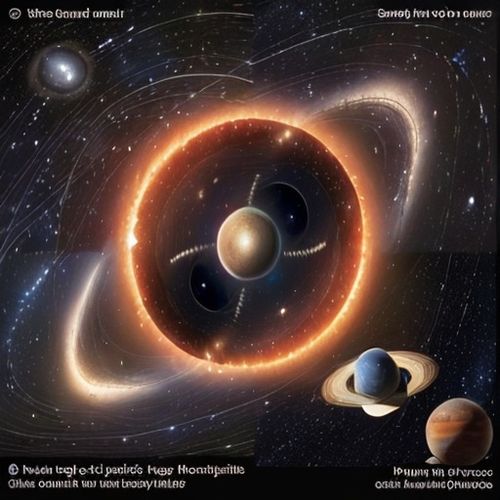
By Victoria Gonzalez/Apr 14, 2025

By Ryan Martin/Apr 14, 2025
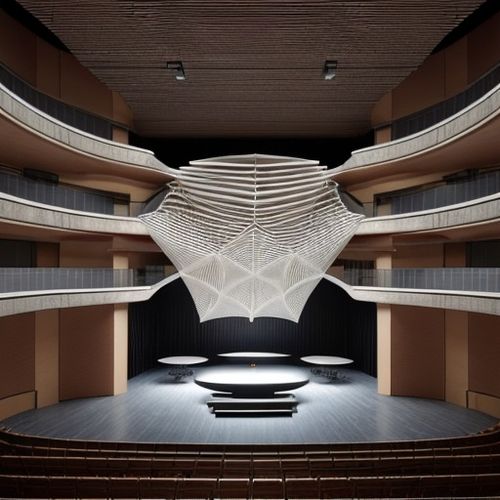
By John Smith/Apr 14, 2025

By Eric Ward/Apr 14, 2025

By Victoria Gonzalez/Apr 14, 2025

By Ryan Martin/Apr 14, 2025
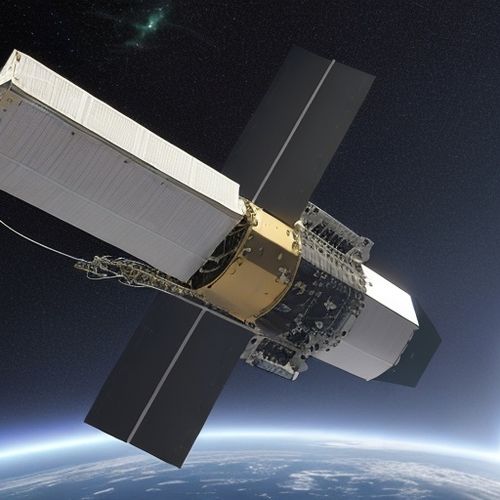
By James Moore/Apr 14, 2025

By Megan Clark/Apr 14, 2025

By John Smith/Apr 14, 2025
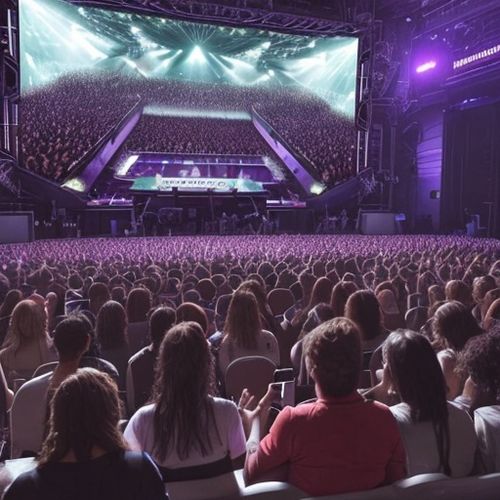
By Joshua Howard/Apr 14, 2025
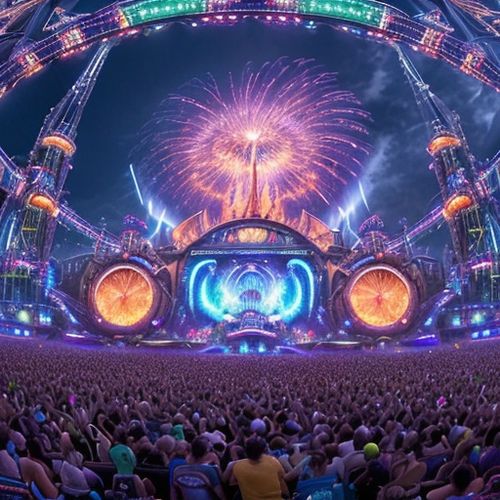
By Laura Wilson/Apr 13, 2025
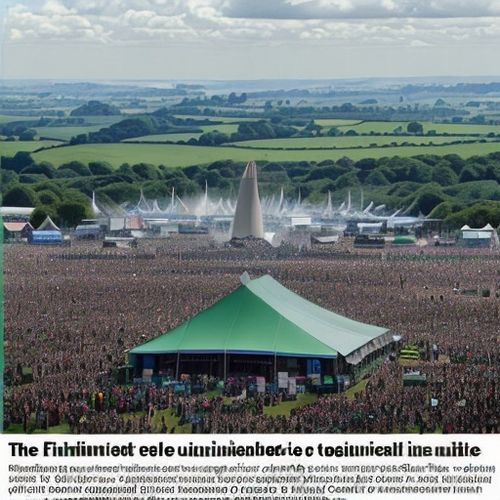
By Grace Cox/Apr 13, 2025

By Benjamin Evans/Apr 13, 2025

By George Bailey/Apr 13, 2025
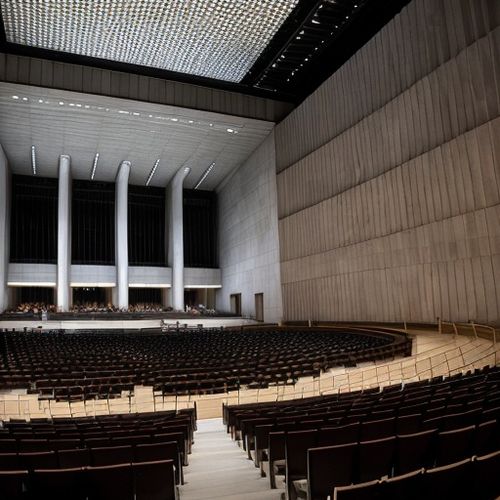
By David Anderson/Apr 13, 2025
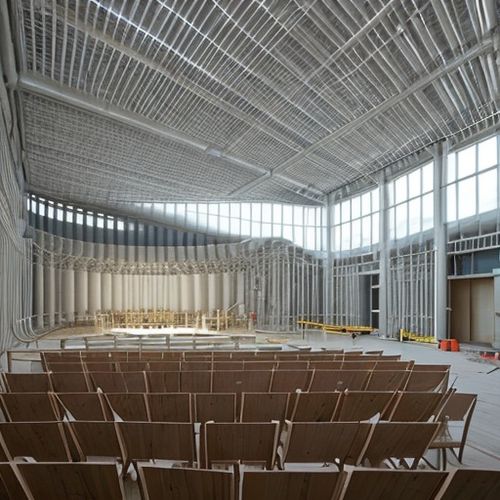
By Grace Cox/Apr 13, 2025

By William Miller/Apr 13, 2025

By Rebecca Stewart/Apr 13, 2025

By William Miller/Apr 13, 2025
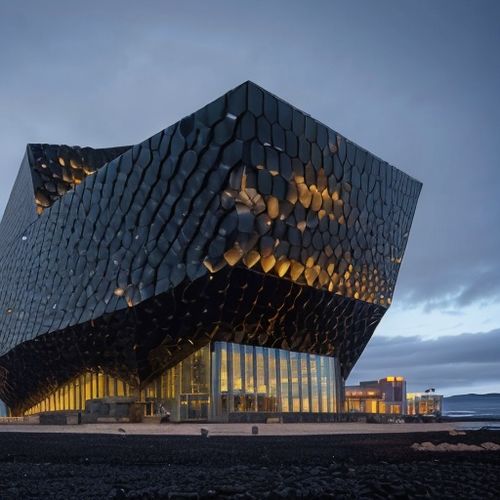
By Daniel Scott/Apr 13, 2025